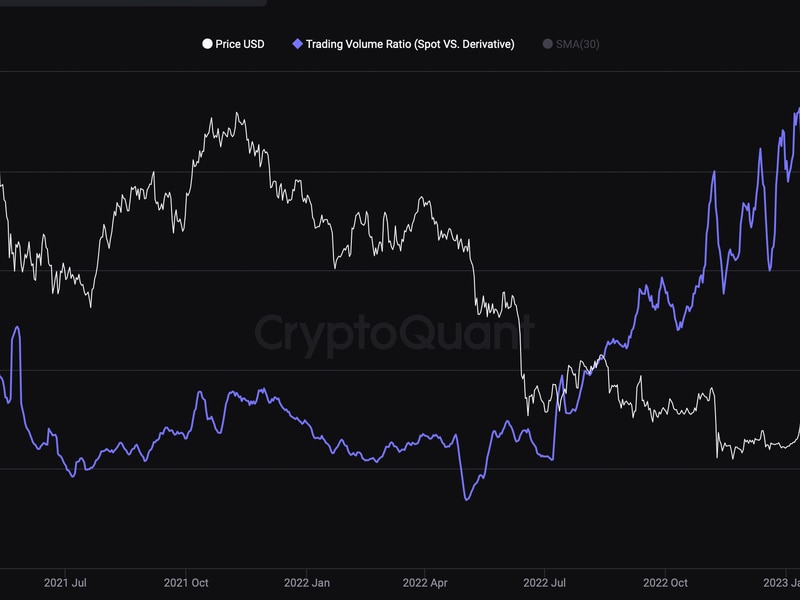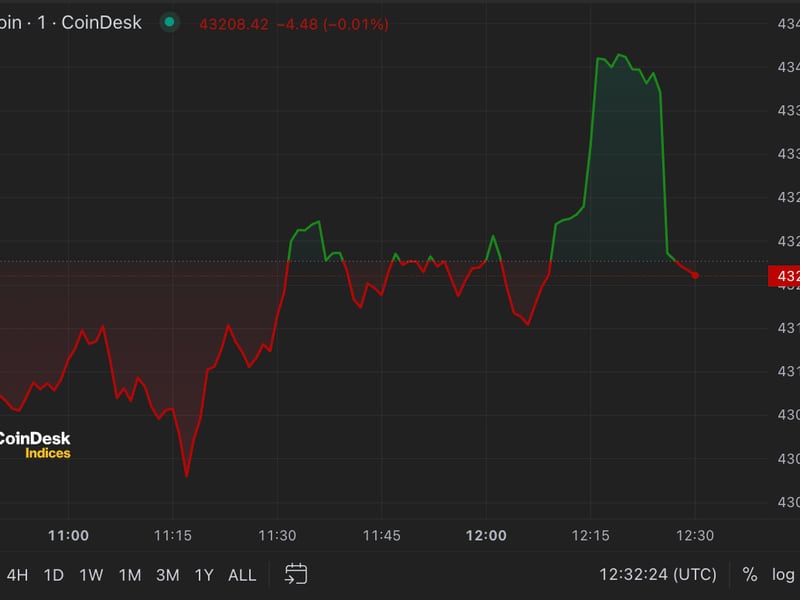Binance-Backed Privacy Mavens Release Tokenomic Lynchpin: ‘Proof-of-Relay’
Binance-Backed Privacy Mavens Release Tokenomic Lynchpin: ‘Proof-of-Relay’
Decentralized privacy protocol HOPR is releasing “proof-of-relay” (PoR), the lynchpin of its incentive mechanism that ensures payments go to users that help shuffle data traffic among other nodes on the network.
HOPR had already invited participants to test the network, resulting in 500 or so nodes joining. Wednesday’s launch of the HOPR Basòdino testnet is the first time the complete protocol plus PoR will be made available, said the startup’s CEO, Sebastian Bürgel.
“To draw some analogies, most people have heard of proof-of-work [PoW] or proof-of-stake [PoS], which are mechanisms to protect blockchains and guarantee integrity,” Bürgel said in an interview. “In a similar fashion, when relay nodes in HOPR are doing work, which is relaying packets, they’re providing a proof to the network, and for providing the proof they get rewarded in HOPR tokens.”
All rewards gathered on the testnet will be made available when HOPR tokens launch on the live mainnet towards the end of this year, Bürgel explained. Users can now open and fund payment channels with xHOPR tokens and send messages that hop via one or more nodes before reaching their destination. If you act as a relay node, you’ll earn tickets, which can be redeemed for xHOPR, he said.
HOPR obscures internet communication from prying eyes by incentivizing a network of nodes to mix data packets with other traffic before sending them on. This makes it near-impossible for third parties like telcos or internet service providers (ISPs) to trace bits of metadata and work out who’s communicating with who.
As such, HOPR offers a blockchain-based internet protocol in the same vein as Tor (the onion router) or a virtual private network (VPN). In terms of crypto-focused efforts already out there, privacy startup Nym has a bitcoin incentive program for users to run its mixnet, and the Orchid protocol also offers a system based around Ethereum-compatible ERC-20 tokens as an incentive.
The recent explosion of interest in decentralized finance (DeFi) has brought congestion to the Ethereum blockchain and with it skyrocketing transaction costs. HOPR gets around this by using a layer 2 scaling system on Ethereum called Matic chain. The latter removes punishing gas fees and enables high transaction throughput.
“Matic is the blockchain that we run our payment scheme on, because if we have 500 people that do a bunch of transactions and we had to pay them between a few dollars to $10 per transaction, that would be prohibitively expensive,” said Bürgel. “Matic allows you to settle for a fraction of a cent in seconds, as opposed to minutes on the Ethereum blockchain.”









